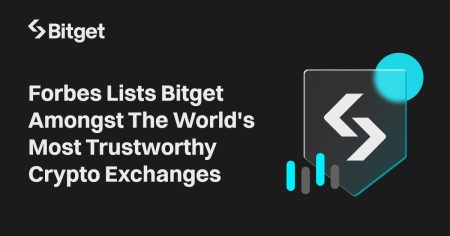Degen Chain, a layer-3 blockchain operating on top of the Base network, has gained widespread interest from investors and traders due to its high transaction volumes, reaching nearly $100 million in just 24 hours. Since its launch four days ago, the network has seen over 272,000 unique transactions, with over 7,500 contracts and 2,300 tokens created. However, many tokens on the platform are linked to rug pulls or scams, highlighting the speculative and risky nature of the cryptocurrency landscape.
Degen Chain is specifically tailored for the DEGEN token and utilizes layer-2 protocols for faster transactions and specific applications. As a layer-3 blockchain, it is customizable and application-specific, built on top of layer-2 networks to efficiently complete tasks like payments, gaming transactions, and other functionalities. The DEGEN token serves as the native gas token for fee payments within the chain, enabling various experiments such as tipping, community rewards, payments, and gaming. Tokens like Degen Swap (DSWAP) and Degen Easter Eggs (DEE) have significant valuations on the network, with DSWAP exceeding $14 million and DEE at $3.5 million.
Despite the rapid user adoption and growing transaction volumes, some critics argue that layer-3 networks like Degen Chain are unnecessary for scaling Ethereum and may detract value from the mainnet. Polygon CEO Marc Boiron stated that L3s serve to move value from Ethereum onto the L2s they are built on and are not essential for scaling existing networks. However, others in the crypto community see benefits in L3s, including low-cost native bridging from L2s, efficient on-chain proofing, custom gas tokens, and specialized state transition functions that complement L2s.
The debate over the role of layer-3 networks in scaling Ethereum has sparked controversy within the blockchain community. Boiron’s comments have been met with some disagreement, with arguments that L2s on Ethereum represent value on the mainnet. Boiron emphasized that L2 value does not necessarily equate to Ethereum’s value and that too many L3s settling to one L2 could diminish Ethereum’s value and security. He reiterated that Polygon’s focus is on scaling Ethereum and ensuring a fair value distribution between L2s and Ethereum.
While some in the crypto community align with Boiron’s perspective on the potential drawbacks of L3 networks, others, like Ethereum co-founder Vitalik Buterin, see them as offering unique functionalities that complement L2s rather than competing with them directly. The benefits of L3s include specialized state transition functions, low-cost bridging from L2s, custom gas tokens, and efficient on-chain proofing. As the debate continues, it remains to be seen how layer-3 networks like Degen Chain will evolve and impact blockchain scalability and application development.













